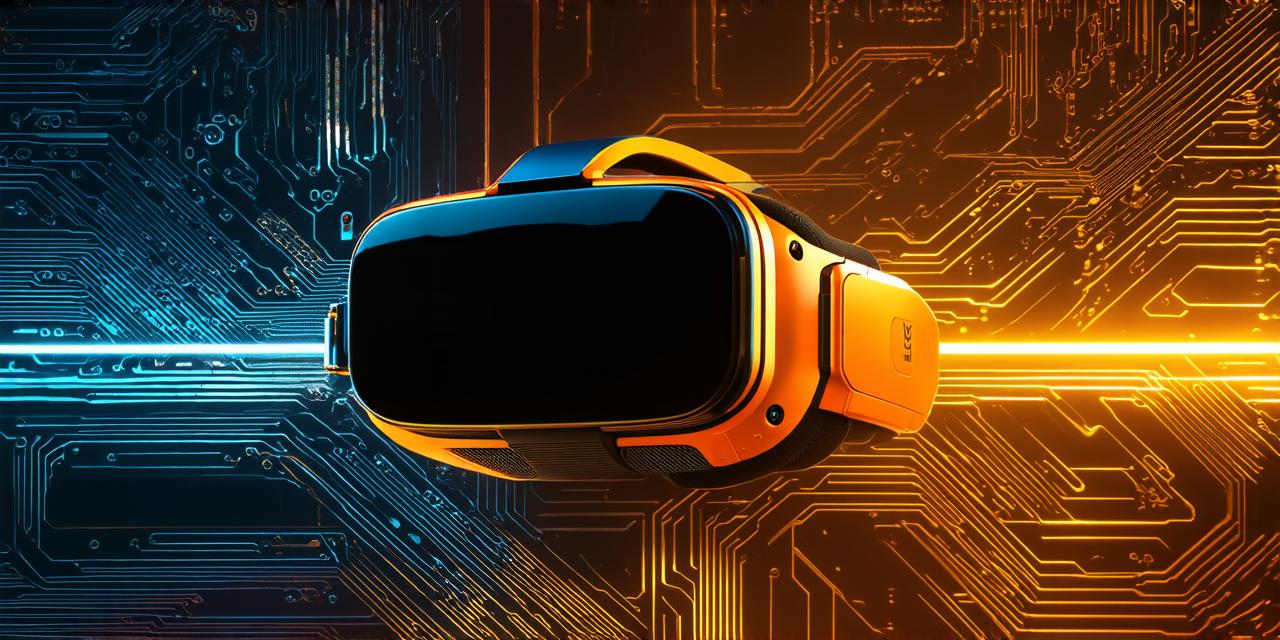AR (Augmented Reality) and VR (Virtual Reality) are two of the most exciting technologies on the market today. These immersive technologies are transforming the way we interact with the digital world, allowing us to experience virtual environments as if they were real.
AR Technology
Augmented Reality is a technology that overlays digital information onto the real world, enhancing our perception of the physical environment around us. AR has a wide range of applications, from gaming and entertainment to education and training.
Some of the key players in the AR development space include:
- Apple – Apple has been a major player in the AR space since the release of its ARKit platform in 2015. ARKit is a set of tools that allow developers to create AR experiences for iOS devices.
- Google – Google has also been active in the AR space, with its popular Google Lens feature and its ARCore platform. ARCore allows developers to build AR experiences for both Android and iOS devices.
- Microsoft – Microsoft has recently entered the AR market with its HoloLens 2 device and its Azure Spatial Anchors service. HoloLens 2 is a high-end AR headset that offers advanced features such as hand tracking and object recognition. Azure Spatial Anchors allows developers to create AR experiences that can be accessed from any device with a camera.
- Qualcomm – Qualcomm is another major player in the AR space, with its Snapdragon AR platform. Snapdragon AR is designed to enable fast and efficient AR experiences on mobile devices.
VR Technology
Virtual Reality is a technology that creates a completely immersive digital environment, allowing users to feel as if they are physically present in the virtual world. VR has a wide range of applications, from gaming and entertainment to education and training.
Some of the key players in the VR development space include:
- Oculus – Oculus is one of the most well-known names in the VR space, with its popular Oculus Rift headset. The Oculus Rift offers a high-end VR experience with advanced features such as hand tracking and room-scale environments.
- HTC – HTC has also been active in the VR market, with its popular Vive Pro headset. The Vive Pro is a high-end VR headset that offers advanced features such as hand tracking and motion sickness reduction.
- Sony – Sony has recently entered the VR market with its PlayStation VR headset. PlayStation VR is designed specifically for gaming, offering a seamless integration with the PlayStation ecosystem.
- Samsung – Samsung is another major player in the VR space, with its Gear VR headset. The Gear VR is a mid-range VR headset that offers good performance at an affordable price.
Conclusion
In conclusion, the AR and VR development spaces are filled with innovative companies working to push the boundaries of these exciting technologies. Whether you are interested in gaming, education, or any other application, there is a developer out there working to create the perfect AR or VR experience for you. As these technologies continue to evolve, we can expect to see even more exciting developments in the future.



